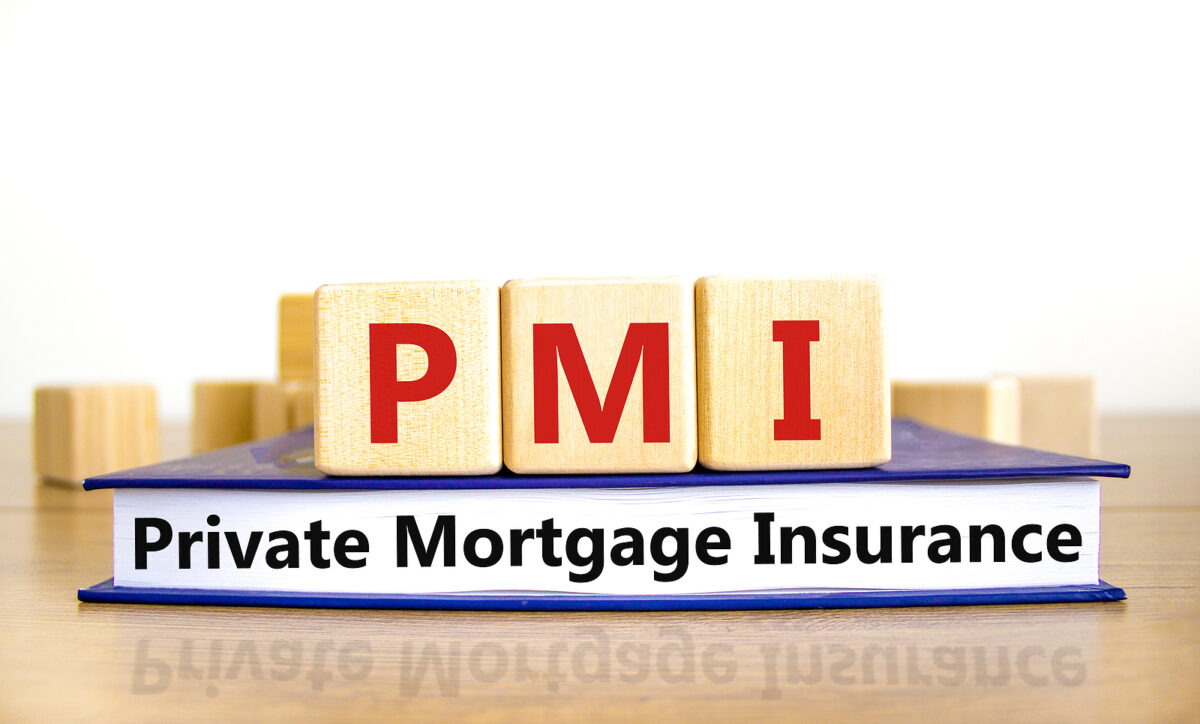PMI (short for ‘private mortgage insurance’) is one of those things in life that is both a curse and a blessing. If you put down less than 20 percent of the loan amount when you take out a conventional loan, you will be required to pay a monthly mortgage insurance premium (typically tacked on to your mortgage payment) to cover the lender in the event you mess up and default on the loan.
Without it, cash-poor homebuyers can’t get a mortgage.
With it, your house payments are higher, it takes a long time to get rid of (with some loans it never goes away) and it only protects the lender.
If you have an FHA-backed loan it’s called MIP for mortgage insurance premium. “MIP is required on all FHA loans, regardless of the size of your down payment,” according to Molly Grace at rocketmortgage.com.
“FHA loans require both an upfront mortgage insurance premium (UFMIP) as well as an annual premium payment, or annual MIP,” she concludes.

Mortgage Insurance and the FHA-Backed Loan
Borrowers who were granted an FHA-backed loan prior to June 3, 2013 can get rid of this monthly headache when the loan reaches a 78 percent loan-to-value (LTV) ratio for a 15-year loan.
If you have a 30-year loan you’ll need to wait until your LTV reaches 78 percent AND you’ve been paying the premium for a minimum of 60 months, which is government-speak for five years.
Calculate your LTV by dividing your current loan balance by the current appraised value of the home. Here’s an example of how this works from the experts at bankofamerica.com:
“You currently have a loan balance of $140,000 … Your home currently appraises for $200,000. So, your loan-to-value equation would look like this:
$140,000 ÷ $200,000 = .70
Convert .70 to a percentage and that gives you a loan-to-value ratio of 70%.”
FHA borrowers who put down 10 percent on a home after June 3, 2013 must wait 11 years to have the MIP requirement terminated. If you pay less than 10 percent down – which is the beauty of the FHA loan, after all – you must continue to pay MIP for the life of the loan.

Conventional Loans and PMI
The Homeowner’s Protection Act of 1998 states that homeowners who have a conventional loan on their primary residence, purchased after July 29, 1999 can request a cancellation of PMI once they have 20 percent equity in the home.
The same law says that the lender must automatically terminate PMI on the date that the loan is scheduled to reach a 78 percent loan-to-value ratio – not based on payments made – but according to the date the loan should reach this milestone, as listed on the initial amortization schedule.
The law gives borrowers another way to realize relief from PMI by stating that the lender has to release you from the requirement when you are at the midpoint of your loan’s amortization schedule, regardless of your LTV.



